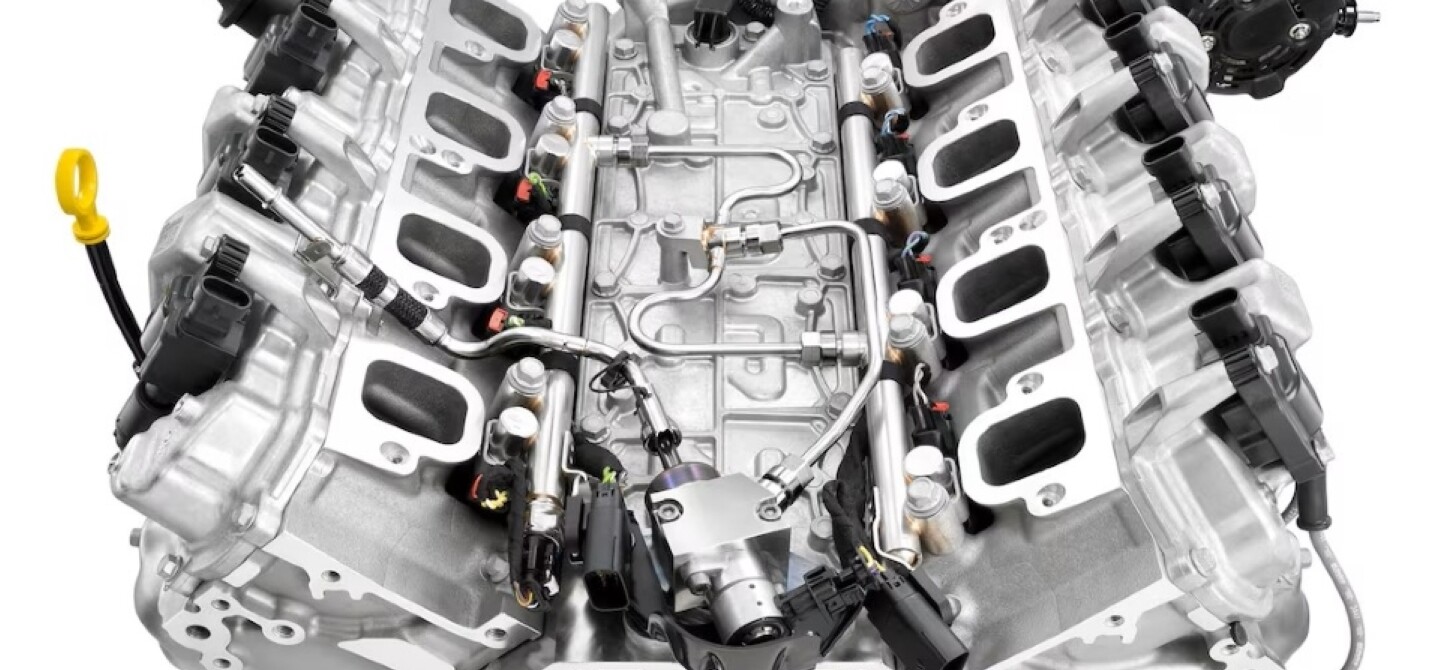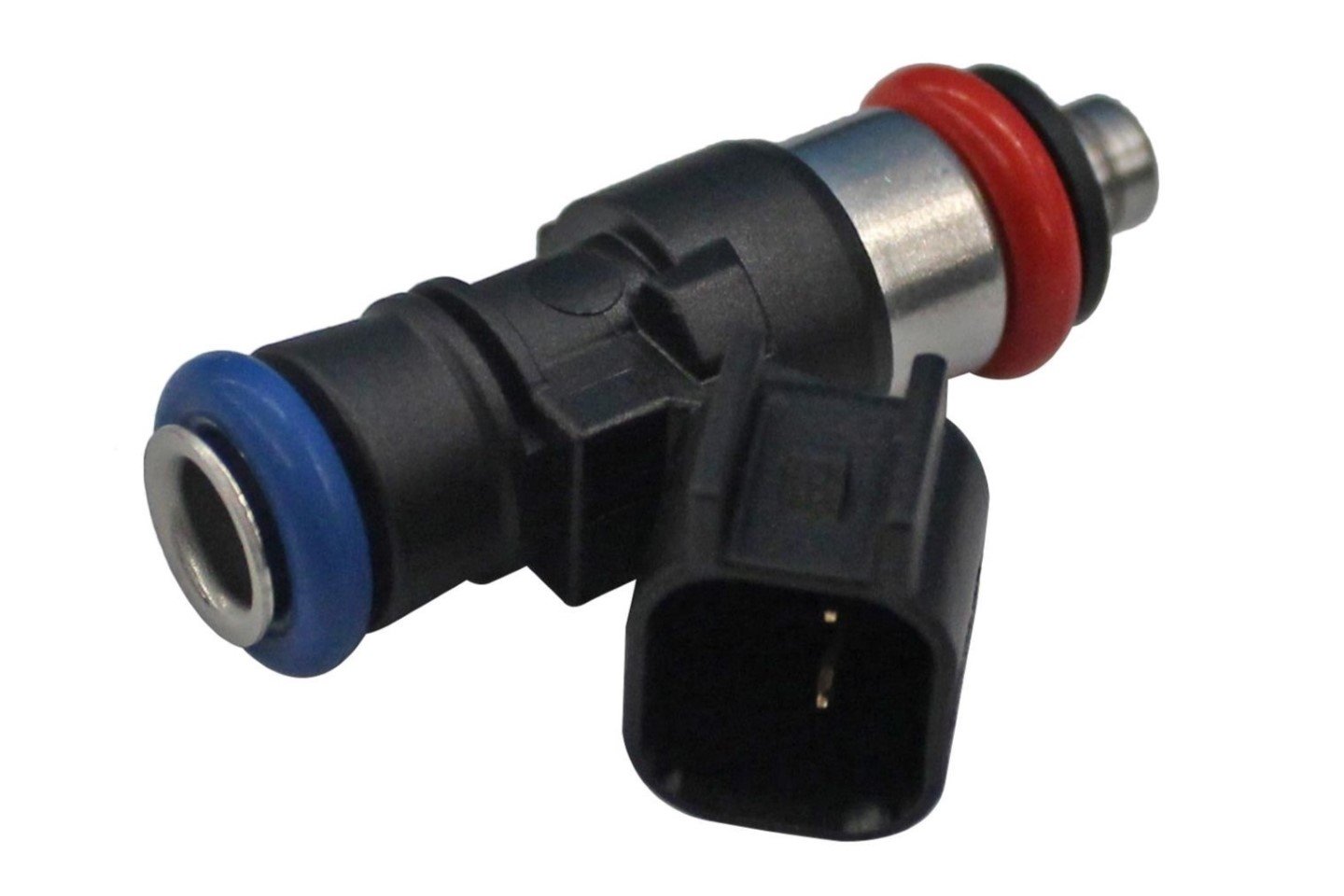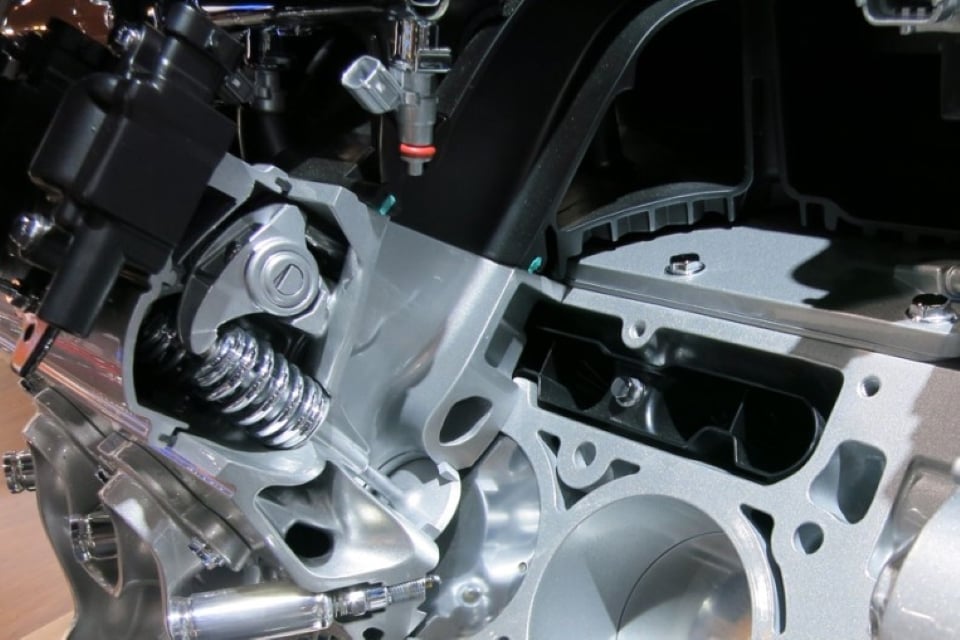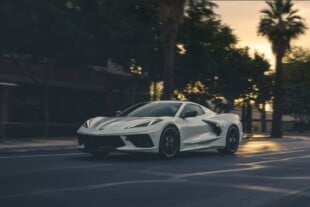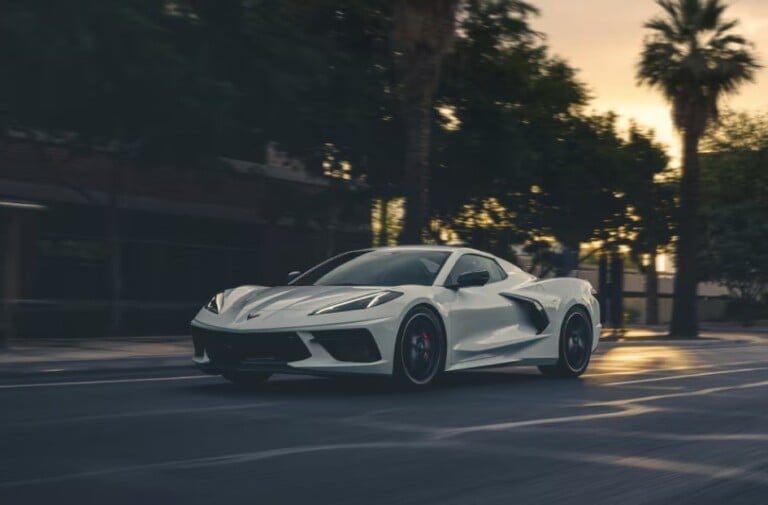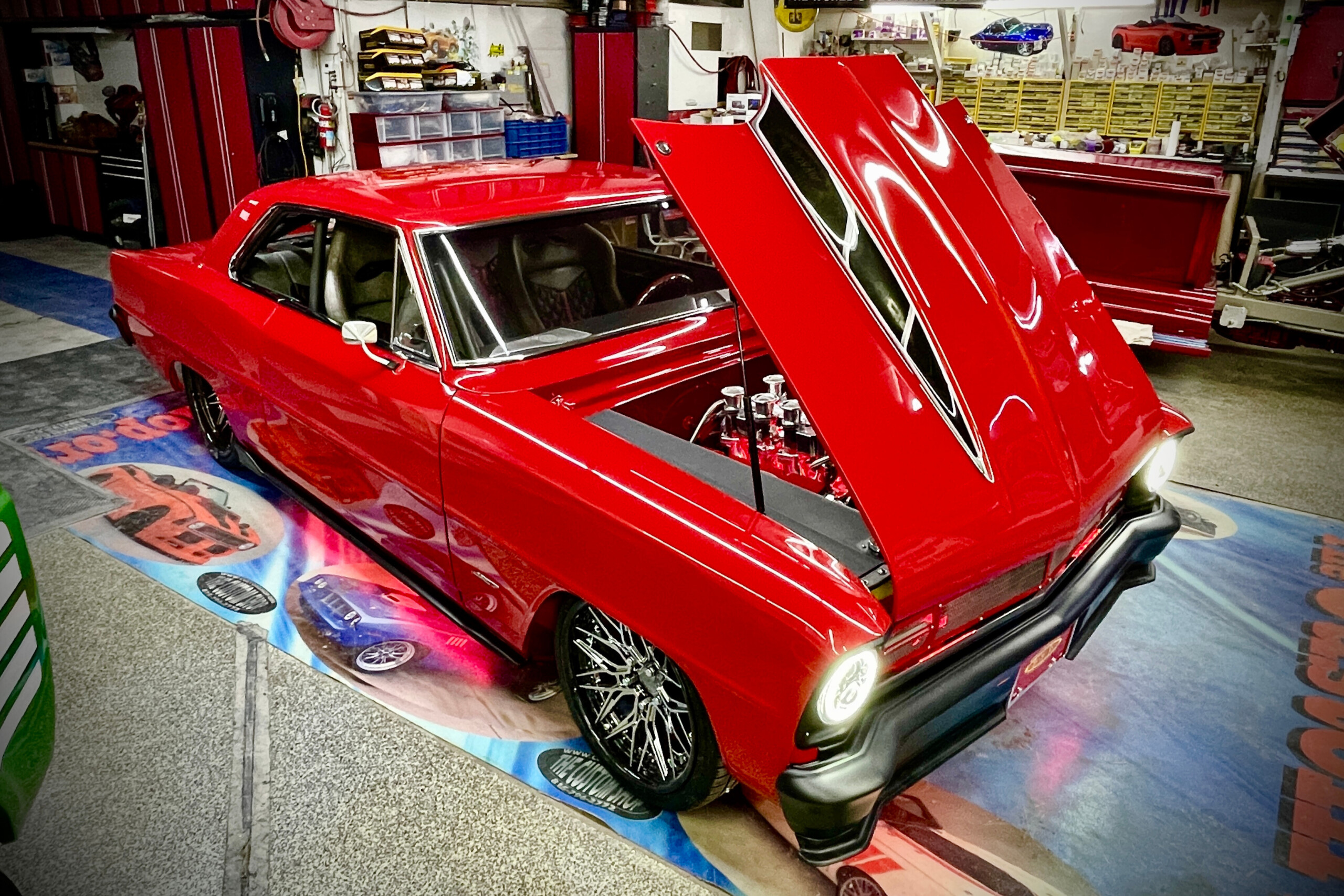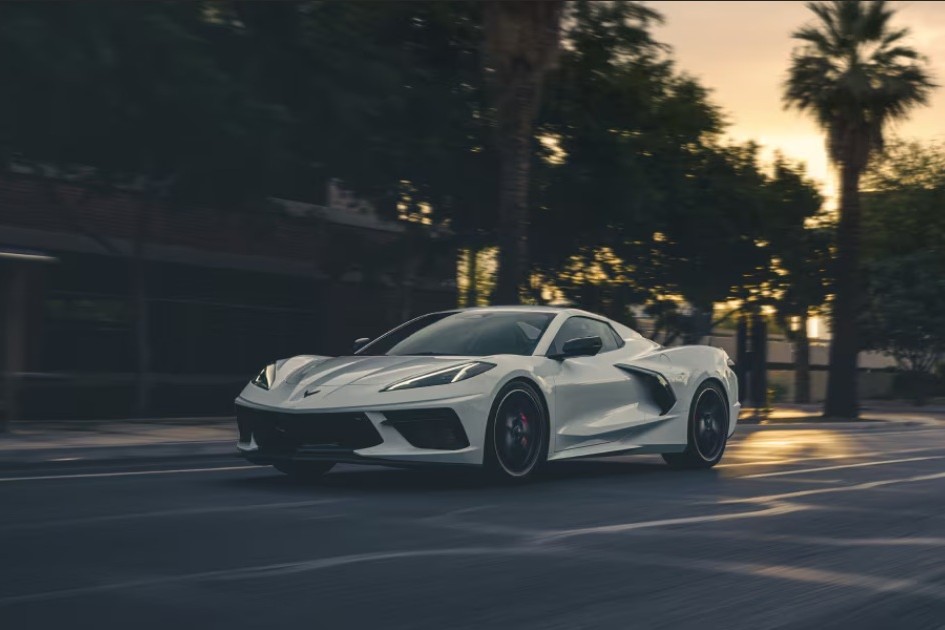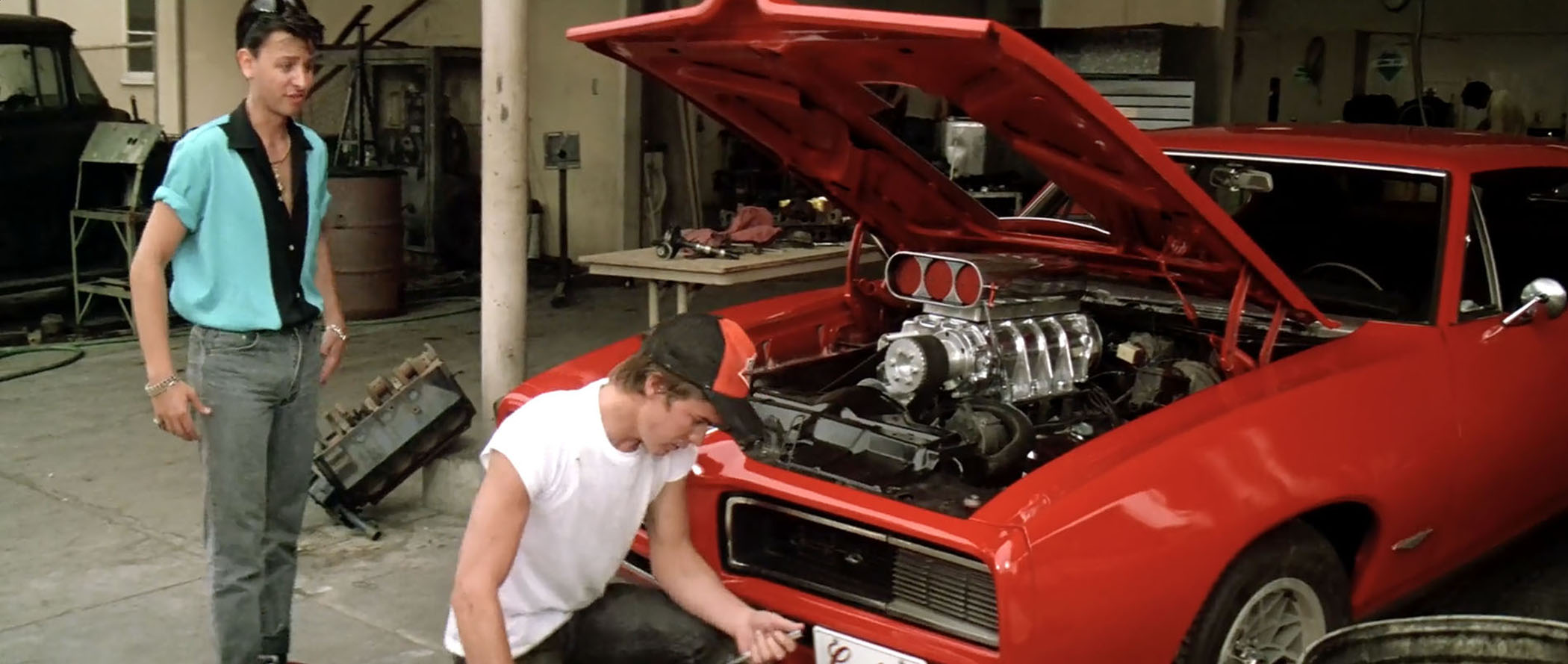GM’s Gen-V LT V8 has finally started to catch on with enthusiasts over the last few years. The LS seemed to hit the ground running with hot rodders when it debuted almost thirty years ago, but the LT has been more of a slow burn with motor heads and swappers since its release. The LT shares the same appealing attributes as its LS big brother; it is a compact, lightweight powerhouse. However, the big hang up we hear from the performance community is an objection to the extra complication and cost of the LT’s fuel system: direct injection.
In the last couple of ‘L8T To The Party’ articles, we’ve shown just what this platform can do. We took a stock 6.6-liter L8T crate engine from Chevrolet Performance made for fleet duty and threw it on Brian Tooley Racing’s dyno to see what it could do with some camshaft and cylinder head changes. The L8T surprised us all to the tune of 723 horsepower on the stock short-block with CNC ported heads and a BTR camshaft swap, but one of the reasons we could hit that number was the very system everyone seems to shy away from: direct injection. So we’re going to talk about this system, how it works, why it makes more power over port injection, and why you might consider keeping it for your future Gen-V LT swap.
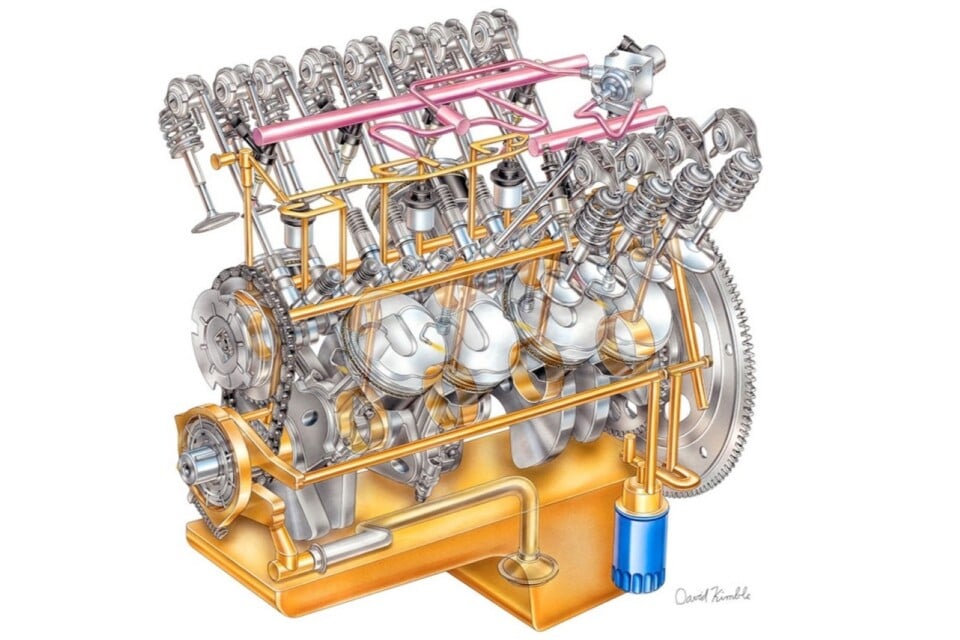
This drawing by artist and engineer David Kimble shows the internal workings of the Gen-V LT engine. The fuel system is labeled by the pink rails and lines at the top of the engine.
How Does Direct Injection Work?
Just as the name implies, direct injection sprays the fuel directly into the combustion chamber. In a port-injected system, like as you would find on the more common LS, the fuel is injected into the intake runner. Instead of the injectors being mounted in the intake manifold, the cylinder heads of the Gen-V LT engines have a boss for the injector machined right into them, leading directly into the combustion chamber. The fuel rails, along with the high-pressure fuel pump, are mounted in the valley area under the intake manifold.
To combat the high cylinder pressures that occur in an internal combustion engine, a direct injection (DI) system has to run at a much higher pressure than the normal 43psi or 58psi of a port-injected system. Thanks to a high-pressure mechanical fuel pump that is driven by a triangle-shaped lobe off the back of the camshaft, the direct injection system runs at 2,175psi in the L8T and up to 2,900psi for the LT4 supercharged engines.
On the left is the injector you would find in a stock LS3 or LS7, the red o-ring seals the intake manifold from vacuum leaks and the blue o-ring seals in fuel rail. On the right is the injector you would find in a Gen-V LT engine with the two small black compression rings near the top of the nozzle to seal the combustion chamber.
How Can Direct Injection Make More Power?
With the fuel being injected into the chamber versus the intake port, direct injection can provide better emissions, fuel economy, and most importantly to us: performance. Thanks to the fine atomization provided by the extreme injection pressures, there is an increased cooling effect and a more complete burn of the air/fuel charge. This allows the same mechanical combination to safely run more static compression, and increased cylinder pressures overall.
This means you can run a higher compression ratio than a similar port-injected engine without being concerned about harmful detonation. The increased compression generates more horsepower and torque across the entire rev range. For example, the LS3 that the LT1 replaced has a compression ratio of 10.7:1, while the LT1 has an 11.5:1 compression ratio. GM designed both to run on the same premium pump gas.
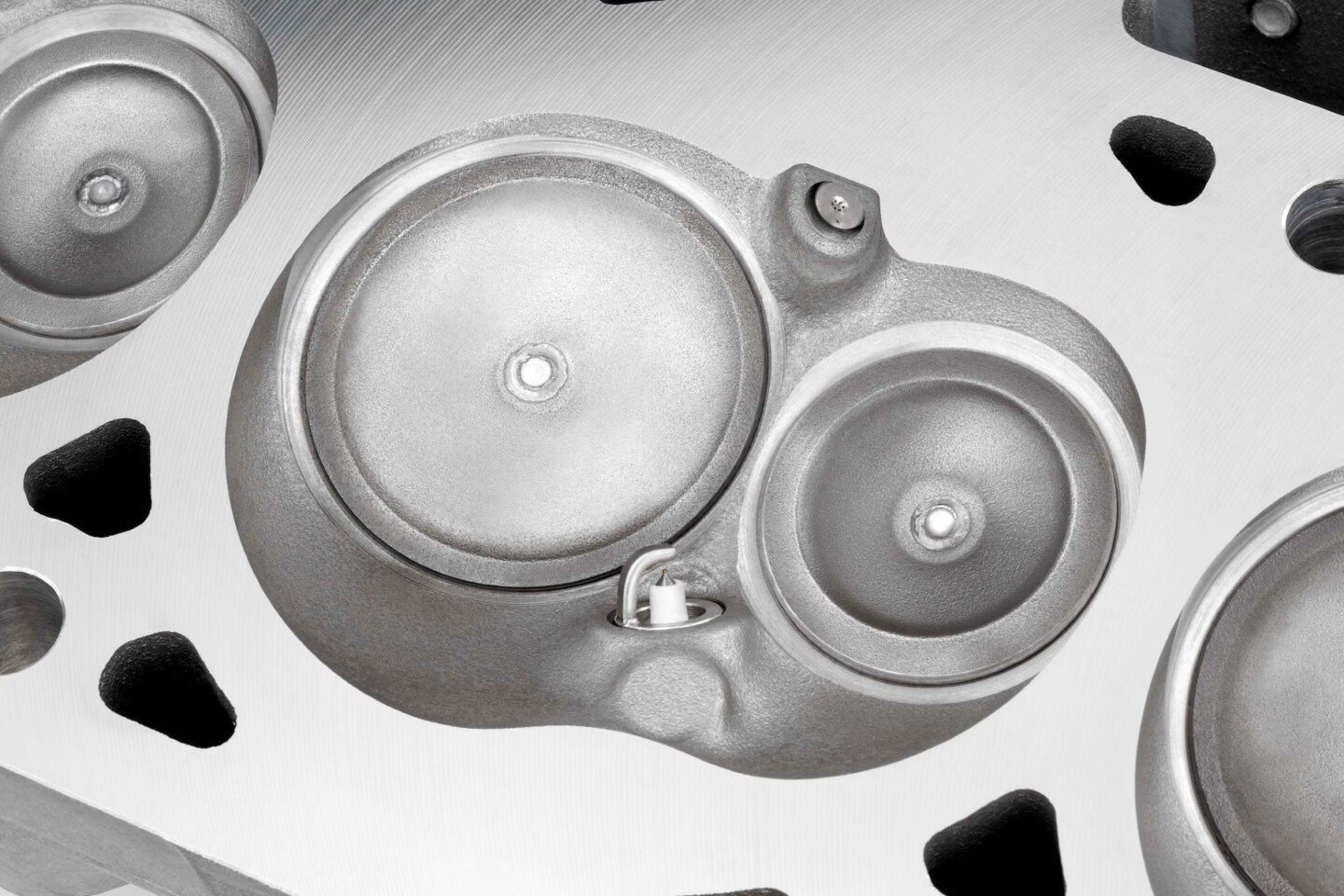
Here you can see the tip of the direct injection fuel injector pointing towards the center of the combustion chamber for maximum efficiency. The six tiny holes in the nozzle turn gasoline into a fine mist when injected at over 2,000 psi.
Another performance benefit of direct injection is an increase in airflow volume in the intake port. More air equals more power with internal combustion engines and the absence of fuel in the intake ports has proven to be beneficial. The Gen-V LT platform draws in as much oxygen as possible through the otherwise empty intake runners.
This theory was proven by the same team at Brian Tooley Racing that did the testing on our L8T. Back in early 2023, while testing cylinder head and camshaft combos on their own 6.2-liter LT1, they witnessed their 740-horsepower dyno mule lose a whopping 65 horsepower when they tried to run it on port injection instead of the factory DI system.
When going from DI to port injection, you can expect a drop in power of about 4 percent on pump gas, 8 percent on E85, and 12 percent on methanol. — Brian Tooley, Brian Tooley Racing
Brian Tooley has stated that this drop in performance has been something that they have seen in dyno testing time and time again as they go from direct injection to port injection, from mild performance applications to max-effort naturally aspirated engine testing and boosted applications as well. He states that you can expect a drop in power of about 4 percent on pump gas, 8 percent on ethanol, and 12 percent on methanol when reverting to the older style port injection system.

The DI fuel system is more complex than port injection. The high-pressure fuel pump (seen in the back) mounts to the top of the valley plate and is actuated by a lobe on the camshaft.
So What’s The Catch?
We’ve talked a lot about how GM’s latest EFI technology works and its performance benefits, but there are some downsides of the system. The first to point out is the cost. Port Injection has been around for almost five decades, which means the parts are now plentiful and inexpensive compared to direct injection components. Direct injection is still in its early years, so the parts are not as common and cost more as a result. Also, there are more parts and complexity to a direct injection system. Instead of an in-tank fuel pump, fuel rails, ECU, and eight injectors, a direct injection system consists of an in-tank fuel pump, a high-pressure pump, fuel rails, ECU, a fuel pump control module, multiple fuel pressure sensors, and eight high-pressure injectors.
Not only is the fuel system more expensive, but there are more components and different ways to control them to make the system more complicated to the everyday modern hot rodder. Outside of the increased initial cost to get the Gen-V LT direct injection system running, the extra parts can seemingly take away one of our favorite characteristics of GM’s performance pushrod V8s: simplicity.
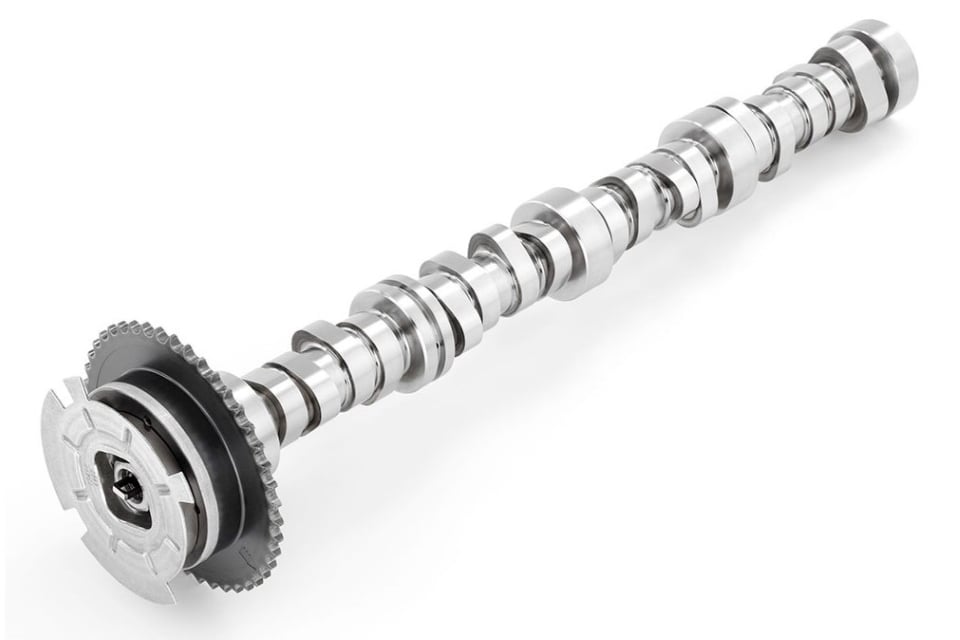
The camshaft has four lobes between each cam journal to actuate the intake and exhaust valves, except for the rear most of the cam that has a fifth lobe that is triangle shaped. This is what actuates the high-pressure fuel pump for the DI system.
Is The Sky The Limit?
The last consideration with running a DI system is its limited capacity. When running the more common port-injection EFI, you can replace the injectors and pump to match the needs of your power output, whether it’s 500 horsepower, 1000 horsepower, or beyond. Direct injection, on the other hand, has limited availability of larger pumps and injectors.
GM’s naturally aspirated 6.2-liter and 6.6-liter DI engines came with injectors that flow 121 pounds per hour and their supercharged LT4 came with injectors that flow 140 pounds-per-hour. On the surface, this might sound massive compared to the stock 42 pounds per hour LS3 and LS7 OEM injectors, but the difference in how port injection and direct injection function shows us why this isn’t enough for lofty power goals.
On the left is a cutaway of an LS3, showing the port injector mounted in the intake manifold. On the right is a cutaway of an L8T, showing the DI injector mounted in the cylinder head and hidden under the intake manifold.
In a port-injected system, the injector duty cycle, which is the amount of time the injector is commanded to be open by the ECU divided by the maximum possible “on” time available, can reach a percentage as high as 85 percent in normal operation. This means during the four-stroke cycle, the injector is open about 85 percent of the time, even though the intake valve may only be open for one of those four strokes. Fuel will still be sprayed on the backside of the valve while it is closed, ready for the next intake charge.
In a direct-injected system, there is much less of a window available to inject fuel because the injector is spraying directly into the chamber. Otherwise, we would be injecting raw fuel during the combustion and exhaust strokes, which would spell disaster. Because of this limitation, the higher flowing DI injectors can only be open for a much shorter window of time than a port injector and have to be timed to the engine’s crankshaft rotation with high precision.
Most tuners have found that near 30 percent is the limit for the duty cycle on a direct injection system. If you try to spray more fuel too early, it can lead to poor fuel mixture due to improper vaporization. If you try to add more fuel after the compression stroke, you risk detonation that robs you of power and can cause catastrophic engine damage.
Port Or Direct? That Is The Question
Thankfully, time has allowed some of these concerns to lessen in severity. The stock direct injection components have proven themselves to be durable and reliable, with production engines lasting over a hundred thousand miles on their original fuel system parts with ease. As more and more of these systems are being produced by manufacturers for production engines, the cost to buy replacement parts has dropped as well.
The aftermarket has also stepped in with simpler and more affordable ways to run a Gen-V LT. HP Tuners can tune the stock ECU and there are now stand-alone harnesses for swapped applications like the one we used for our dyno testing from BP Automotive. Holley has also risen to the challenge and now offers their Terminator-X system for Gen-V LT direct injection applications.

Up next for our L8T dyno testing is some high horsepower via boost. Even though we will be making more power than the direct injection system can handle, we will still utilize it along with port injection to supplement the fuel demands.
Aftermarket manufacturers like Lingenfelter Performance Engineering now offer higher capacity fuel systems to help you break into the four-digit horsepower level more easily with DI. LPE’s Big-Bore high-pressure fuel pump and injectors flow 214 pounds-per-hour compared to the stock LT4’s 140 pounds-per-hour injectors, allowing boosted Gen-V LTs to make upwards of 1,400 horsepower.
Is the benefit of direct injection worth the cost? Well, that’s for you to decide. Some might conclude that the drop in power isn’t significant enough to offset the cost and simplicity, while others are willing to adopt the latest technology to maximize the benefits of direct injection. One thing is for certain, direct injection isn’t going anywhere any time soon.


